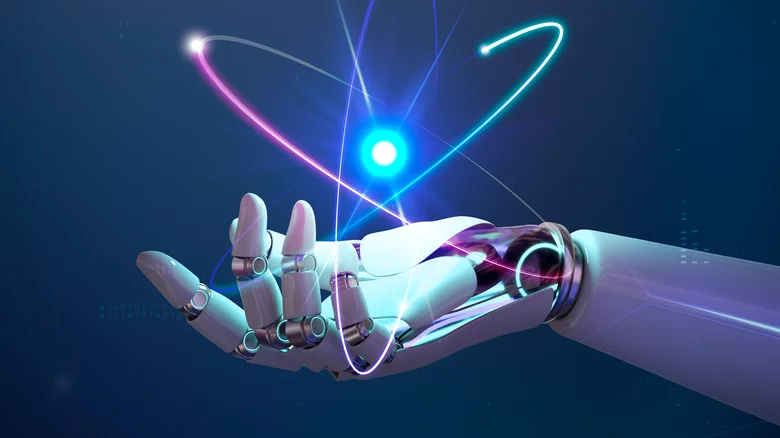1. CRISPR Gene Editing Advancements
CRISPR-Cas9 technology has continued to evolve, allowing scientists to edit genes with remarkable precision. One of the most significant developments has been the ability to correct genetic mutations responsible for diseases like sickle cell anemia and some cancers. In 2023, scientists further advanced “prime editing,” a more refined form of CRISPR, which is seen as a potential breakthrough in treating genetic disorders without unintended effects on other parts of the genome.
2. James Webb Space Telescope (JWST) Discoveries
Launched in 2021, the JWST has already made extraordinary contributions to astronomy. In 2023, it provided detailed images and data of distant galaxies, including some of the earliest known galaxies formed after the Big Bang. The telescope has also been able to capture exoplanet atmospheres and study star formation with unprecedented clarity, opening new doors for understanding the universe’s evolution.
3. Room-Temperature Superconductivity
In 2023, researchers made significant progress in the pursuit of materials that exhibit superconductivity at room temperature. While earlier breakthroughs required high pressures, newer materials such as lutetium hydride (mixed with hydrogen and nitrogen) have shown the ability to become superconductive at more practical pressures. This discovery holds promise for revolutionizing energy transmission, quantum computing, and magnetic levitation technologies.
4. Artificial Intelligence in Drug Discovery
AI’s role in drug discovery has expanded dramatically, especially during the COVID-19 pandemic. By 2023, AI-driven drug development platforms were identifying potential compounds for diseases such as Alzheimer’s and certain cancers at a fraction of the time and cost of traditional methods. Machine learning models are also being used to predict drug efficacy and side effects, leading to faster clinical trials.
5. Quantum Computing Milestones
Quantum computing saw important strides in 2023 with IBM and Google continuing to push the boundaries of qubit technology. IBM unveiled its 433-qubit quantum processor, “Osprey,” moving closer to achieving practical quantum advantage—where quantum computers outperform classical ones in specific tasks. This could transform fields like cryptography, materials science, and complex systems modeling.
6. Discovery of Planetary Systems and Exoplanets
Astronomers continue to discover exoplanets in habitable zones of distant stars. In 2023, a number of “super-Earth” exoplanets were found with conditions that might support water or life. For instance, NASA’s Transiting Exoplanet Survey Satellite (TESS) detected potentially habitable exoplanets in nearby star systems, sparking interest in further exploration of these distant worlds.
7. Mapping the Human Brain at a Cellular Level
Advances in neuroimaging and brain mapping have allowed scientists to create more detailed maps of the brain’s cellular architecture. The Allen Institute for Brain Science released new comprehensive atlases of the human brain in 2023, including detailed molecular and cellular maps. These maps could be key to understanding neurodegenerative diseases like Alzheimer’s, Parkinson’s, and mental health conditions.
These discoveries highlight how rapidly science is evolving, offering exciting prospects for medicine, technology, space exploration, and our understanding of the natural world.



